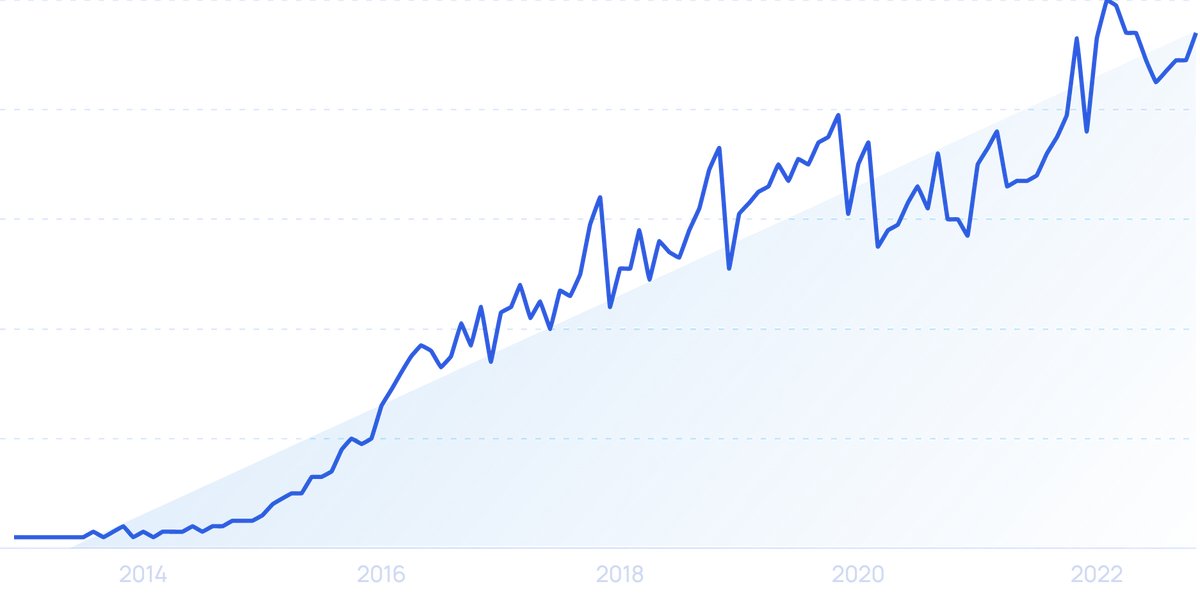Startup Failure Rate Statistics (2024)
null

Click
Use
to move to a smaller summary and to move to a larger one
Startup Failure Rates and Reasons for Failure
- Approximately 10% of startups fail within the first year, and 70% fail between years two and five.
- Over the long run, 90% of startups fail, with only one in 10 traditional businesses surviving.
- Business failure rates have remained consistent since the 1990s across most industries.
- Relevant qualifications and experience, meeting customer needs, and implementing proper risk management contribute to startup success.
- The average startup costs for small businesses range from $2,000 to $5,000, with permanent closures often due to financial difficulties.
- Monthly costs for startups vary depending on location, with New York City being the most expensive and Detroit being the most affordable.
- The cost of business startup procedures as a percentage of GNI per capita has declined steadily over the past two decades.
- Startups fail due to reasons such as the absence of a product-market fit, poor marketing strategies, and cash flow problems.
- Insufficient business planning, operational issues, legal problems, and lack of market research also contribute to startup failure.
- Cash flow problems arise from insufficient funding, unrealistic sales projections, and pricing not aligned with the market.
- Lack of qualifications and experience in the industry can also lead to startup failure.
Startup Failure Rates and Investor Considerations
- Around 3 out of 10 venture-backed startups fail, 4 repay investments, and 1 survives with sustainable returns.
- Less than 1% of small businesses in the US receive funding from venture capital firms.
- About 26% of European startup founders rely on VC funding.
- Startup failure rates decrease with each round of funding.
- Premature scaling increases the failure rate of later-stage startups.
- Entrepreneurship failure costs can be financial, emotional, and psychological.
- Startup failure statistics aim to help businesses mitigate risks.
- Investors offset losses from failed startups with successful ones.
- Investors scrutinize a startup's business plan before investing.
- Fintech startups have a relatively low failure rate compared to other industries.
- The tech industry has a higher startup failure rate than other industries.
- The real estate sector is attractive for startups but also has risks.
Real Estate and Construction Startup Statistics
- Real estate startups include conventional real estate services and property technology startups.
- The failure rate for real estate startups is relatively high.
- Construction startups are seeing success as industry leaders by delivering innovative solutions to save time and costs, enhance build quality, and ensure compliance with standards.
- The failure rate for construction startups is one of the highest in North America.
- Only one in ten startups in the United States survive and achieve fast growth over the long term.
Startup Failure Rates and Factors Contributing to Failure
- Approximately 10% of startups fail within the first year, and 70% fail between years two and five.
- Over the long run, 90% of startups fail, with only one in 10 traditional businesses surviving.
- Business failure rates have remained consistent since the 1990s across most industries.
- Relevant qualifications and experience, meeting customer needs, and implementing proper risk management contribute to startup success.
- The average startup costs for small businesses range from $2,000 to $5,000, with permanent closures often due to financial difficulties.
- Monthly costs for startups vary depending on location, with New York City being the most expensive and Detroit being the most affordable.
- The cost of business startup procedures as a percentage of GNI per capita has declined steadily over the past two decades.